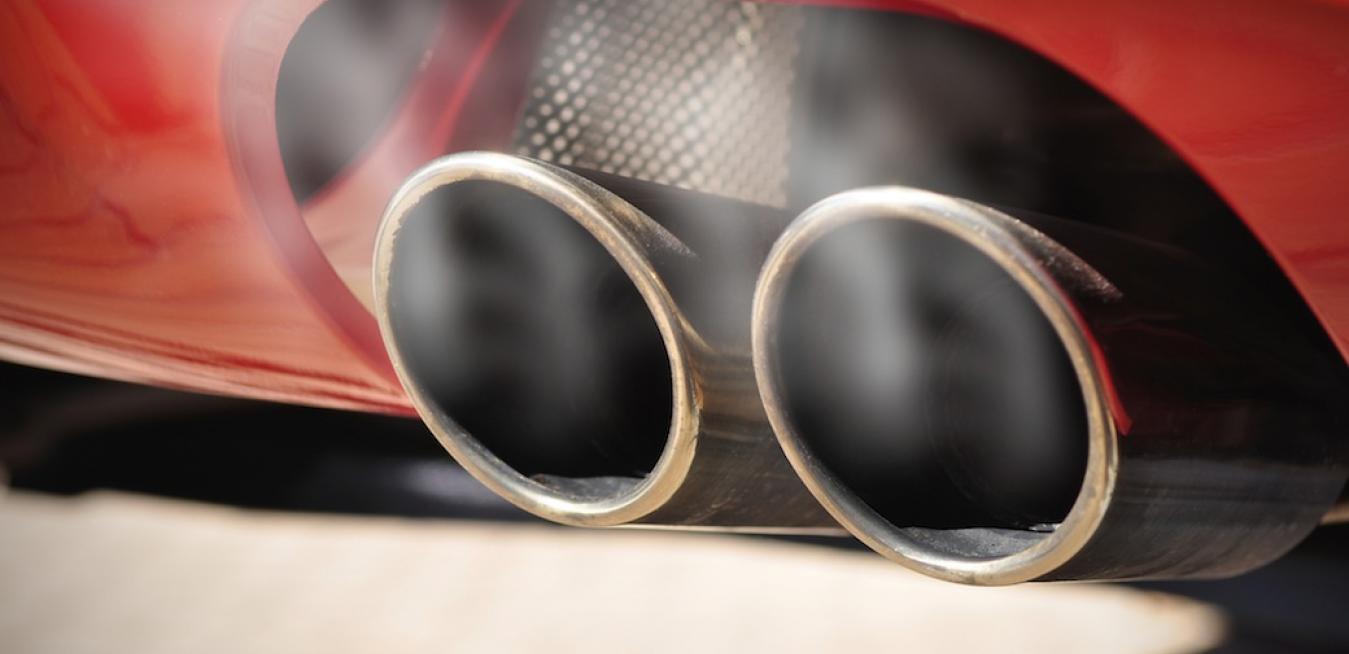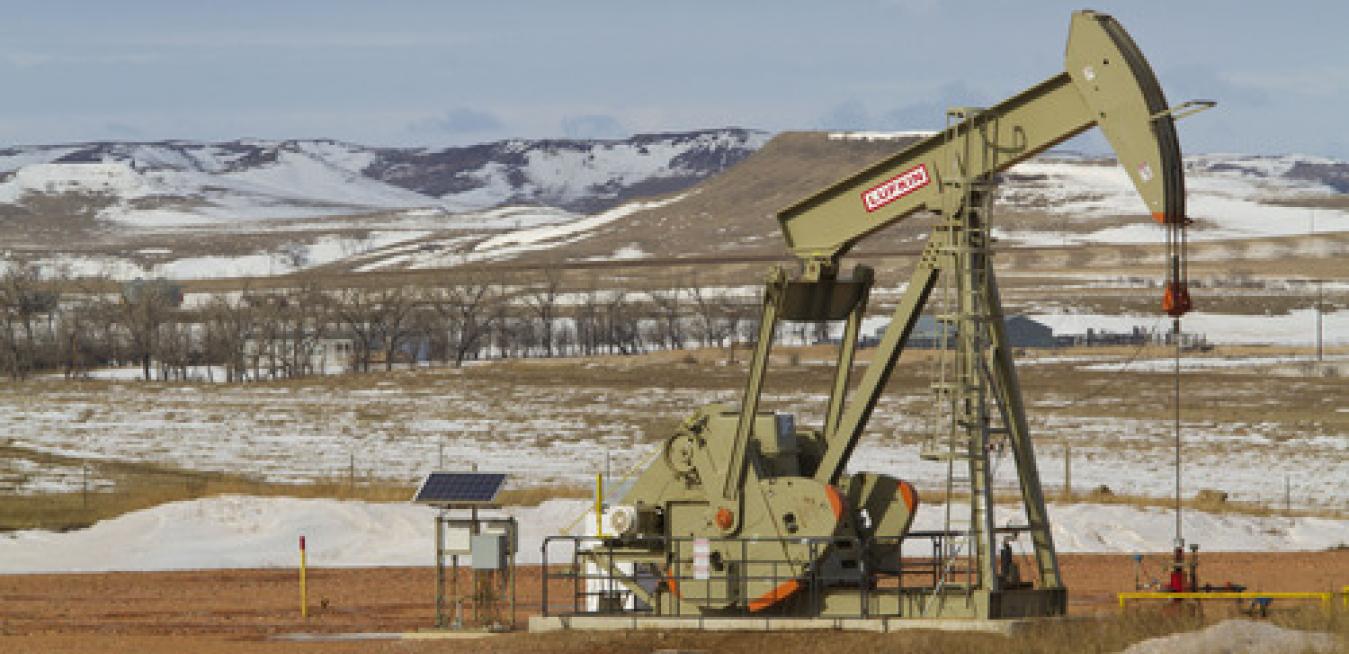COLDWATER, MICH.---September 16, 2014---GE's Distributed Power business (NYSE: GE) announced today that its low-emissions reciprocating engine technology has been chosen by Michigan South Central Power Agency (MSCPA) to replace outdated diesel units to meet the energy capacity needs for the city of Coldwater.
Certification of the World's Safest Reactor Paves Way for Commercial Deployment in the U.S. and Worldwide
WILMINGTON, NC -- Sept. 16, 2014 -- GE Hitachi Nuclear Energy (GEH) today announced that its Economic Simplified Boiling Water Reactor (ESBWR) design certification has been approved by the U.S. Nuclear Regulatory Commission (NRC).
business unit
tags
Gang Chen’s thermoelectric devices turn waste heat into electricity for vehicles and other machines.
It’s estimated that more than half of U.S. energy — from vehicles and heavy equipment, for instance — is wasted as heat. Mostly, this waste heat simply escapes into the air. But that’s beginning to change, thanks to thermoelectric innovators such as MIT’s Gang Chen.- Freeport LNG, Texas Will Be First World-Scale Electric Liquefied Natural Gas (eLNG) Plant in North America, Delivering Base Volume of 4.4 Million Metric Tonnes Per Annum of LNG Per Train
- GE to Provide Freeport's Main Contractor, CZJV, with the Main Refrigeration Compressor Trains, Driven by GE's Variable-Speed Drive Electric Motors
- GE is Providing Technology and Financing
- GE Was Chosen Based on its Strong Electrical and Mechanical Experience in Delivering, Powering, Testing and Financing Complex,
business unit
tags
伊文戴尔, 俄亥俄州(2014年9月)- GE Marine 和大连船舶重工集团有限公司(DSIC)宣布他们联合开发的"燃气轮机驱动的LNG运输船"方案已获得了原则性批准(AIP)。此项认证由劳氏船级社颁发,并认为该设计是有别于传统动力系统创新设计。
上述三家公司于2013年底宣布开始进行基于燃气轮机动力的LNG船联合开发,之后迅速展开联合开发设计,并通过了船级社的AIP的审核。GE Marine 副总裁 Brien Bolsinger说,"获得了AIP,我们现在就可以开始转入整体系统的详细设计,并且增强客户在采购燃气轮机驱动的LNG运输船的信心。"
这种新型LNG运输船设计将使客户在船舶生命周期拥有较低的运营成本,更好的环保表现以及更高的可靠性。采用GE Marine 的燃气轮机将使LNG运输船满足日益严苛的环保法规,与此同时还将降低船东和运行方的运营费用。
business unit
tags
Getting shale gas out of the ground is one thing. But taking it to customers is quite another.
American pipeline operators are investing as much as $40 billion every year to maintain, modernize and expand their networks. The shale gas boom is putting operators under pressure to move more gas to market faster and more safely, and many U.S. pipelines have been in service for at least two decades.







